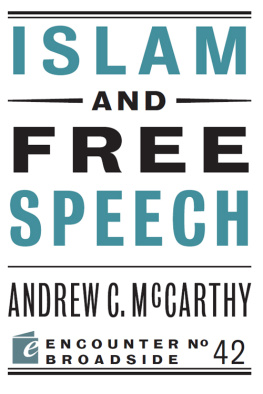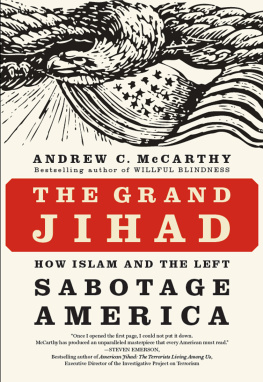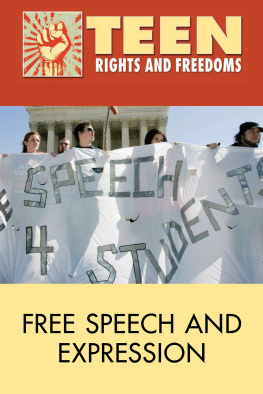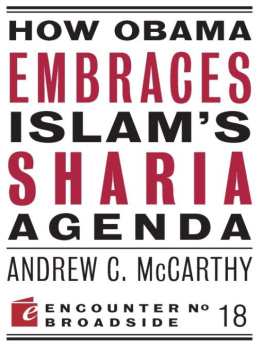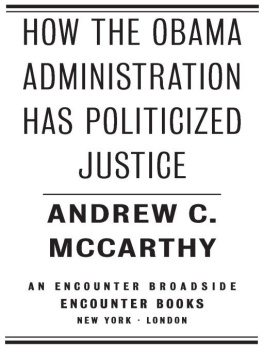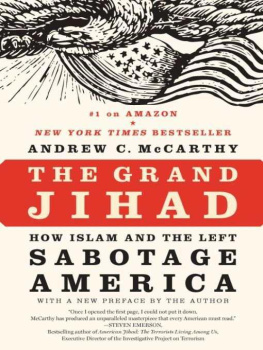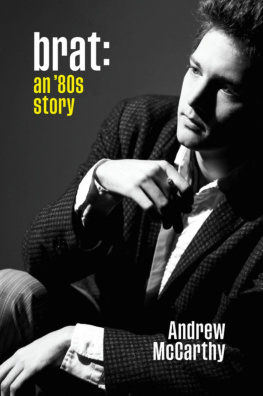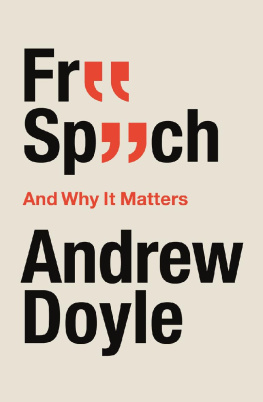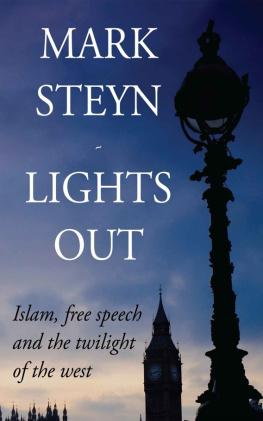I ls ne sont pas Charlie!
That is what should have been pressed on the T-shirts, scrawled across the placards, and strung beside the trendy hashtags that festooned cyberspace. It would have been a slogan more befitting the throng that descended on the City of Lights, particularly the Western politicos minus U.S. President Barack Obama, the putative Leader From Behind of the Formerly Free World.
Whatever these characters might be, they most certainly are not Charlie.
It was nonetheless amid streaming Je Suis Charlie banners that 40 high-government officials led a crowd of more than 1.5 million citizens in a unity rally at Place de la Rpublique. Millions more partook in concurrent rallies throughout France. The ubiquitous signs were in homage to Charlie Hebdo, a left-wing satirical magazine featuring pungent cartoons that proclaim a doctrinaire secularism. Earlier that week, editor in chief Stphane Charbonnier, along with several Charlie Hebdo cartoonists and columnists, had been brutally murdered at the start of a three-day jihadist rampage. When the smoke cleared, 17 innocents had been mowed down by gunfire in attacks reminiscent of the 2008 Mumbai massacres carried out by Pakistani jihadists aligned with al-Qaeda.
When it comes to lampoon, Charlie Hebdo is an equal-opportunity purveyor, with no religion immune from its japery. In one religion, however, a large plurality of adherents abide neither lampoon nor galit to say nothing of libert, fraternit, the supremacy of reason, and other pillars of Western enlightenment. It was only by mocking the tenets and excesses of that religion Islam that the magazine became a terrorist target.
Charbonnier was presiding over the years first editorial meeting on the morning of Jan. 7, 2015, when Chrif and Sad Kouachi, brandishing Kalashnikov rifles, stormed Charlie Hebdos Paris offices. Besides the journalists, they killed a maintenance worker and two unarmed police officers one assigned as Charbonniers bodyguard, the other a Muslim just doing his duty for France.
The brothers had at least one accomplice, Ahmedy Coulibaly, who had pledged loyalty to the infamously barbaric Islamic State, also known as ISIS or ISIL as in the Islamic State of Iraq and al-Sham (greater Syria), or the Levant. Hours after the Charlie Hebdo siege, Coulibaly shot and severely wounded a jogger in a southwestern suburb of Paris. The following day, consistent with ISISs call for Muslims to assassinate Western security personnel, Coulibaly shot and killed unarmed Paris police officer Clarissa Jean-Philippe.
Finally, he homed in on another favorite jihadist target, Jews. On Jan. 9, Coulibaly took hostages at a kosher supermarket in eastern Paris, warning that he would kill his captives if harm came to the Kouachis. By then, in nearby Dammartin-en-Goele, security forces surrounded the brothers, who were holding hostages in a printing factory. Ultimately, French authorities stormed both locations, shooting all three terrorists to death, but not before Coulibaly killed four of his hostages.
When it comes to lampoon, Charlie Hebdo is an equal-opportunity purveyor, with no religion immune from its japery.
The eminent historian Bernard Lewis has predicted that Europe will be Islamic by the end of the 21st century, part of the Arabic West, the Maghreb. The story of the three jihadists who terrorized France is a story of modern, transitional Europe: its open door to Muslim immigration, the antiassimilation activism of its Muslim leaders, and the jihadists who are inexorably produced.
The Kouachi brothers had been born in Paris in the early 1980s to Algerian immigrants. Orphaned, they bounced around the nearby suburbs, or banlieues, so many of which have become Islamic enclaves. Like an alarming number of young French Muslims, both were trained jihadists, wending their way from radical French mosques to the training camps of al-Qaedas franchise in Yemen.
Though they roamed France freely, the brothers were known to the authorities as would-be terrorists. Chrif, in fact, had been arrested in 2005 while trying to join the anti-American jihad in Iraq. Three years later, he was briefly imprisoned for recruiting on behalf of al-Qaeda in Iraq, the franchise that eventually evolved into ISIS. It was during a prison stay that he befriended Coulibaly, another young French Muslim born to immigrants (from Mali) who was serving a bank-robbery sentence. The two men fell in with an al-Qaeda recruiter, Djamel Beghal, then serving a 10-year sentence for conspiring to bomb the American embassy in Paris. Beghal, an eminence in Europes growing jihadist circles, had found al-Qaeda while he was a regular at Londons infamous Finsbury mosque.
When the time came for their jihad, the Kouachi brothers chose their target carefully. Al-Qaeda had placed Charbonnier on a hit list published in 2013 by Inspire, the terrorist networks English-language magazine. Upon bursting into the editorial conference room, the brothers called him by his nom de plume Charb! before killing him in cold blood. As they fled the scene after the shooting spree, the Kouachis treated stunned survivors and spectators to the signature jihadist cries of Allahu Akbar! (Allah is greater!) They added a chilling coda: We have avenged the Prophet Muhammad! We have killed Charlie Hebdo!
It is little wonder he was targeted. Charbonnier was a steadfast champion of free expression. His was not a hollow, hashtag courage.
In 2006, despite radical Islams notoriously savage approach to registering disapproval, Charlie Hebdo republished the unflattering cartoons of Islams prophet that were first run by Denmarks Jyllands-Posten newspaper. In its way, the magazine made clear that its rebuke was aimed at Islamists, not Muslims in general. The cover of the issue republishing the cartoons featured a weeping prophet under the headline, Mahomet dbord par les intgristes (Muhammad overwhelmed by fundamentalists).
It is a measure of the Wests decline that this served only to distinguish Charlie Hebdo from the major-media echo chamber. According to the latter, it was the cartoons, not sharia supremacist ideology, that ignited the rioting in Islamic societies across the Middle East and Central Asia. It was as if, because mayhem and murder are now the





